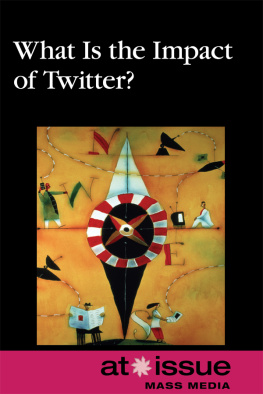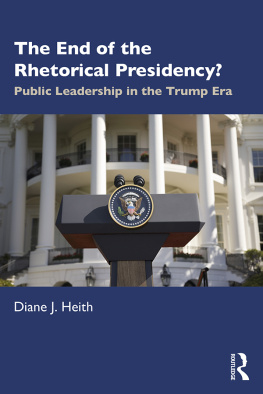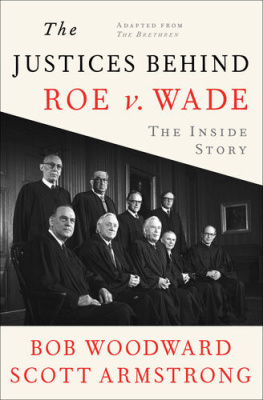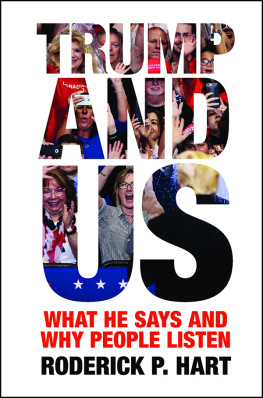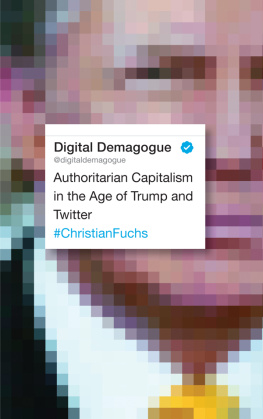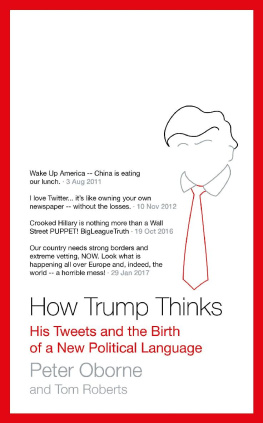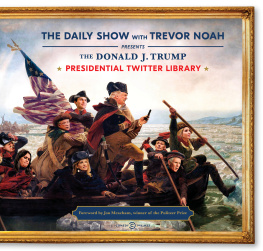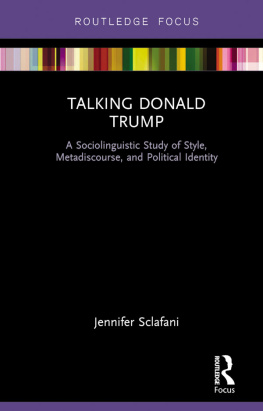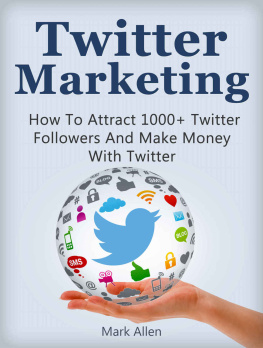1
Situating Trump
In his 1935 novel It Cant Happen Here , Nobel Prize-winning author Sinclair Lewis stories the unlikely political rise of Berzelius Buzz Windrip, whose angry rhetoric, populist platform, and anti-foreigner sentiment win him the US presidency. A number of commentators have, of course, drawn parallels between the story of Windrip, a cautionary tale about fascism, and the 2016 election of Donald J. Trump (Harris 2015; Beale 2016; Stewart 2017). Frankly, it is hard not to, especially given Lewiss (1935) uncanny depiction of Windrip as vulgar, almost illiterate, a public liar easily detected, and in his ideas almost idiotic (p. 86). But perhaps most presciently of all, Lewis (1935) observes that, in addition to being a master entertainer, Windrip possesses an uncommon natural ability to be authentically excited by and with his audience, and they by and with him (p. 87). It is no exaggeration to say that Trump genuinely excited a term that signals his distinctively affective appeala significant segment of the American electorate, or to note that he did so and continues to do so in spite of an overwhelming array of obstacles. Consider what we know.
Despite having no prior political experience, despite being temperamentally unfit (LeTourneau 2017), psychologically unstable (Bulman 2017; Gartner 2017; Morris 2017), a sexist (Cohen 2017; Robbins 2017), a racist (Milbank 2015; Coates 2017; Marcotte 2017a; OConnor 2017), a xenophobe (Milbank 2016), a conspiracy theorist (Cillizza 2017a; Marcotte 2017), and a serial liar (Cillizza 2017b; Kessler et. al 2017; Los Angeles Times 2017; Moye 2017), and despite having committed grave misstepsmissteps that would have surely ended a more conventional candidacyduring the campaign (Kirk et al. 2016; Kruse and Gee 2016), Trump eked out a narrow electoral victory to become the 45th president of the United States. At the much-hyped 100-day mark of his presidency, despite failing to accomplish or even advance many of his signature campaign promises (i.e., to repeal Obamacare and to build a wall on the southern border) and reversing himself on others (i.e., NATO and labeling China a currency manipulator) (Garrett 2017), 96 percent of those who voted for him still supported him (Langer 2017). And perhaps most remarkably that support continued largely unabated even after President Trump began to be investigated for obstructing justice in the FBIs investigation into his campaigns potential collusion with a foreign power to influence the outcome of the 2016 US presidential election (Tesfamichael 2017).
Given the unwavering loyalty of his base, one cannot help but wonder what makes Trump so appealing to his followers. Understanding this appeal is the province of rhetoric and, thus, rhetorical scholars are uniquely well positioned and equipped to assess Trumps improbable political success. But doing so effectively requires an approach as unconventional as President Trump himself, for his appeal cannot be accounted for through reference to traditional categories or modes of analysis. In fact, as a preliminary critical step, it is useful to eliminate a few well-known rhetorical appeals. Trumps success lies not in well-reasoned arguments, as he is clearly neither articulate nor cogent. But if conventional factors such as rational discourse, personal ethos, and ideological disposition offer little basis for understanding Trumps rhetorical appeal, then what explains it?
We maintain throughout this book that it is primarily Trumps style. In fact, style may be the only aspect of Trumps rhetoric consistent enough to account for his appeal. Reflecting on the first five months of the Trump presidency, Rich Lowry (2017) observed for Politico , the only unquestioned constant is Trumps demeanor. Or to put it another way, Trumps content may be subject to change, but never his style. Consequently, our chief aim in this book is to explicate and assess Trumps material embodiment and enactment of an emergent populist style, which drawing inspiration from Carol Anderson (2016), we refer to as white rage. For us, style combines Trumps general manner of speaking with his preferred modality of speaking. To ensure that each of these elements receives adequate attention, we analyze Trumps rhetorical style across both registers. In rhetoric, it is crucial to ground our analysis in the extant literature on style, campaign communication, and presidential discourse, as well as to highlight the stakes of the presidents rhetorical style.
Style is a complex and challenging concept to define. Part of the difficulty arises from the fact that everything from clothing and cars to writing and speech is infused with style, which in the broadest sense refers to the observable aesthetic qualities or patterns of discourses, objects, events, and practices. Style, in other words, describes the social appearance of things or, in the words of media scholar Stuart Ewen (1996), [the manner in which] human values, structures, and assumptions in a given society are aesthetically expressed and received (p. 3). Ewens definition is a helpful one, as it implicitly highlights that style is expressly rhetorical, overtly political, and manifestly collective. In this section, we explore each of these features in greater depth as a way of situating the analysis of Donald Trump and his discourse that follows in .
Rhetorical Character
Style has long been regarded as one of the traditional canons of rhetoric along with invention, organization, memory, and delivery, and Aristotle treated it extensively in both his Rhetoric and Poetics . In the classical context, style largely meant strategic language choice and embellishment of discourse (Brummett 2016). But over time, the concept has evolved to describe the aesthetic dimension of communication more generally (Brummett 2009, p. 249). This includes not only linguistic traits, but also embodied movement, gestures, and nonverbal expression, as well as fashion and appearance. To this list, we would add managerial and leadership behaviors, which in the case of Trump are exceedingly autocratic and authoritarian, and overall deportment or manner, which for Trump we would characterize as obnoxious, overbearing, and oblivious.
While scholars typically do not talk about style as involving a substantive message, it is rhetorical because it conveys a general sensibility about, disposition toward, or way of being-in-the-world. As such, in contrast to more traditional understandings of discourse, the rhetorical dimensions of style are rooted in aesthetic expression and direct sensory experience rather than symbolicity and representational systems of thought. Style, in the words of Bradford Vivian (2002), is an aesthetic (rather than conceptual) rhetoric; an affective (not rational) communication (p. 238). Therefore, style is best approached not in terms of meaning and message, but in terms of meaningfulness and mood, i.e., its capacity for transmitting intensive forces and atmospheric-like qualities between and among bodies.
Style, in short, functions affectively. The scholarship on affect is dominated by two major paradigms. The first, which has its roots in psychology and neuroscience, regards affect as an elemental state, i.e., a manifest emotion such as fear or joy, elicited in a human subject by an external stimulus. The second, which draws upon philosophy and more humanistic disciplines, views affect as a prepersonal intensity, i.e., a productive force, that all bodieswhether human or notexert upon one another as they move and interact. It is this second conception of affect, as productive force, that informs our understanding of style. In this view, affect works to excite, prime, and sway bodies at a material, presubjective, asignifying level (Ott 2017, p. 10) by either augmenting or diminishing their state of capacitation. Extending this point, Brian Massumi (2015) observes that the bodys capitation is completely bound up with the lived past of the body (p. 49), meaning that how the body responds to an affective invitation depends upon that bodys memories and tendencies, a fact that has tremendous heuristic potential for explaining the dramatically polarized responses to Trump and his performance of white rage.



